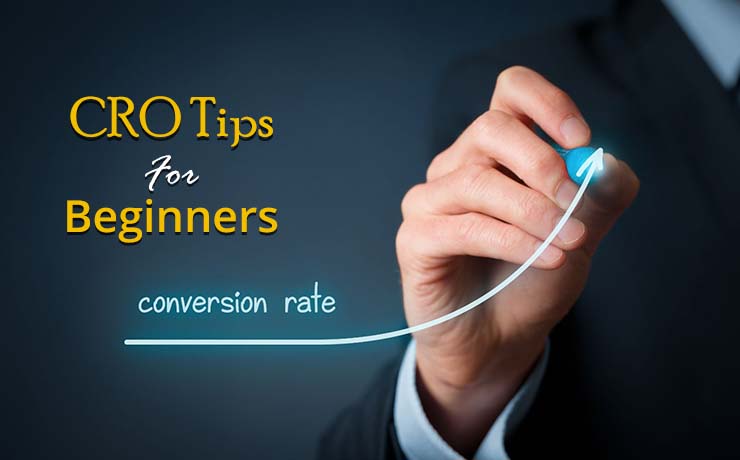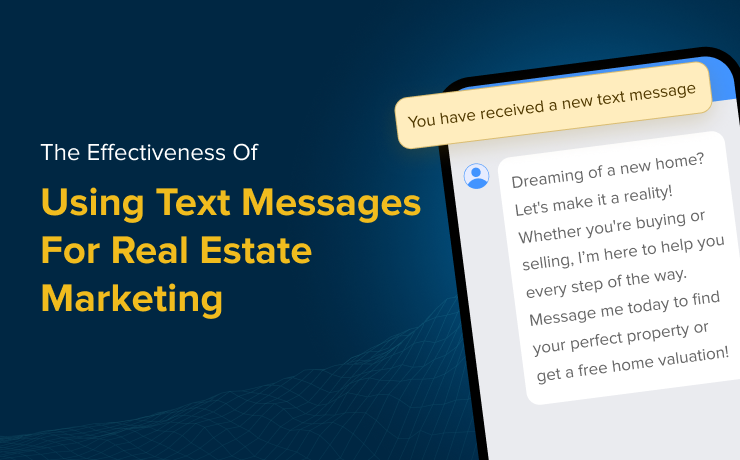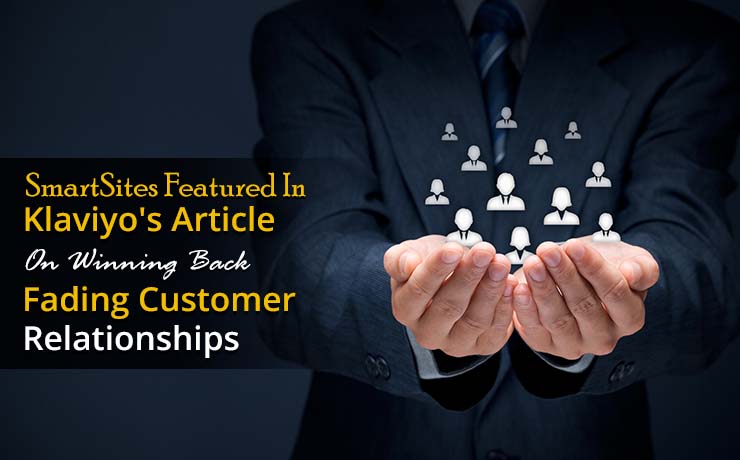CRO Tips For Beginners

Chad Faith
Director of Content

With so much investment being poured into ad spend to generate traffic, 2022 will be characterized by a renewed focus and more resources devoted to conversion rate optimization (CRO) to convert new and repeat users.
Not only does CRO decrease customer acquisition costs, but it can also provide powerful insight to aid in data-backed decisions, and improve SEO by supporting a user-friendly website experience.
The challenge is that as competition increases in eCommerce, and with the multitude of options that consumers have at their fingertips, the harder it becomes to quell the uncertainty a buyer may have in making the decision to complete a purchase.
Segmentation
To show relevant content and features, segment your audience with criteria filters to target your customers. For example:
- Geolocation – Promote location-specific products and events. For customers located outside the U.S., you may want point out international shipping information, for instance.
- Onsite interest and behavior – Show additional products that a customer could be interested in based on the items they viewed, or the content of their cart.
- Cart value – Offer customers a promotion or incentive based on the value of their cart.
- Stage in the buying process – Show different messages and promotions based on where in the sales funnel your customers are (bottom, middle, or top). This approach allows you to help your customer better navigate their journey and provides a better user experience.
- New vs. repeat customers – Create specific promotions for first time buyers since less than 1% of shoppers convert on their first visit. Additionally, make an effort to build strong relationships between customer and brand by showing appreciation to repeat customers with loyalty rewards and special promotions.
Along with personalizing your messaging and promotions, you’ll also want to customize your creatives. Choose visuals that will resonate with your audience segments. For example, if your client buys soccer gear on your site, show them soccer-related themes and imagery.
Dynamic Customization
As the relationship between customer and brand develops, it’s important to personalize the brand experience with dynamic elements as customers interact along their user journey.
- Customer information – Create more personal engagement by capturing customer information in real-time and using it in your messaging. Examples of dynamic content include client’s first name, their destination, the products they viewed, their location, etc.
- Best-selling products – Promote customer favorites, trending products, or complementary items to generate interest and increase your Average Order Value. You are not only showing them products they might have missed, but also creating desire for additional items.
- Browsing history – Provide a history of what your customers viewed on your site. After browsing multiple pages, it can be useful to remind customers of what pages and products they viewed so they can easily come back to them.
- Cart content – Remind customers of what they placed in their carts to prompt them to complete their purchase.
- Stock availability – 68% of millennials have purchased due to FOMO within a 24-hour window. Create a sense of urgency by letting customers know how many items are left for the products they are interested in.
- Off-site interactions: You can personalize onsite content based on the ads they’ve viewed or clicked through, providing an additional layer of personalization to the user’s experience and giving you an edge on the competition.
Offer a Good User Experience
The best performing websites use helpful and intelligent tools that assists customers to navigate your site and find what they are looking for.
Below are some assistive features you should consider using:
- Best-Selling Products – Show highly popular products to your abandoning customers to entice them to stay and buy.
- Browsing History – Track previously browsed products to remind customers what they looked at, and bring them back to complete an online purchase.
- Cart Display – Show your customers the content of their cart when they abandoned. A reminder of the products in the cart prompts shoppers to complete their purchase and recover lost revenues.
- Personalization – Promotional messages should be personalized based on your customer’s onsite behavior.
 Free
Consultation
Free
Consultation Free
Google Ads Audit
Free
Google Ads Audit







